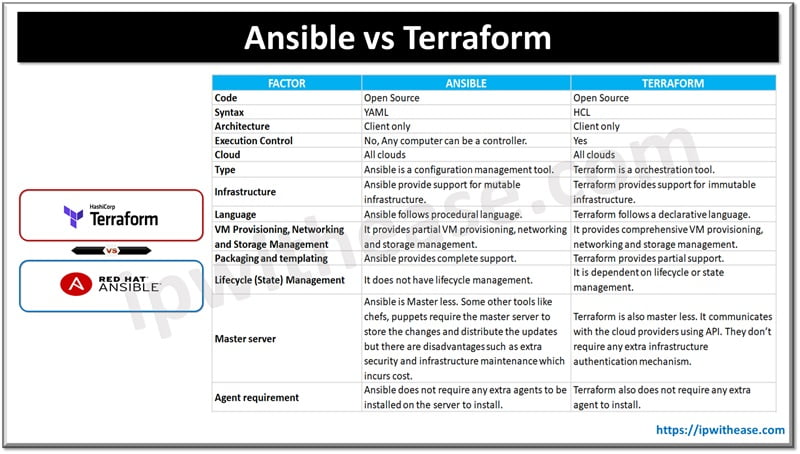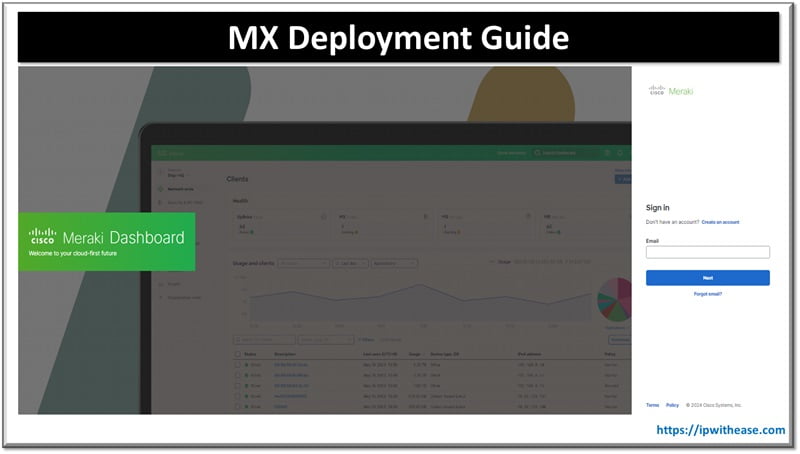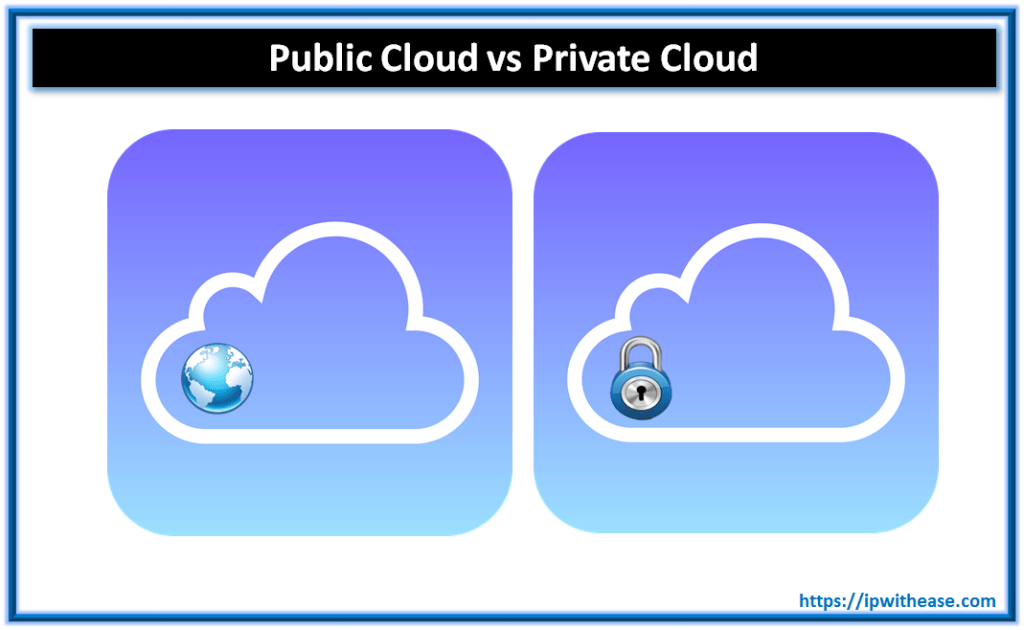Table of Contents:
Cloud computing has become an integral part of many businesses and organizations over the last decade. With the rise of cloud services, two popular data warehouse solutions have emerged: Amazon Web Services Redshift and Snowflake. Both offer a wide range of features, making it difficult to choose one over the other. An AWS Certification can be a valuable asset for professionals looking to gain expertise in and working with these cloud services.
In this article, we’ll compare AWS Redshift vs Snowflake to help you make an informed decision about which is best for your business or organization.
What is Snowflake?
Snowflake is a cloud-based data platform that has been gaining popularity recently for its ability to simplify and streamline data management processes. Essentially, Snowflake enables companies to store, analyze, and share large amounts of data without the need for extensive on-site infrastructure or technical expertise. This makes it an ideal solution for businesses of all sizes looking to optimize their data operations.
One of the key benefits of Snowflake is its scalability. The platform allows users to easily scale up or down as needed, depending on changing business needs or fluctuations in demand. Additionally, Snowflake’s unique architecture ensures high levels of performance and reliability, even when dealing with massive amounts of data.
Another advantage of Snowflake is its ease-of-use. The platform’s intuitive interface means that even non-technical users can quickly become proficient in using it to manage their data. Become an Snowflake Certified professional by taking a professional Snowflake Training!
What is AWS RedShift?
Amazon Redshift is a fully-managed data warehousing service provided by Amazon Web Services (AWS). It is designed for big data analytics and can handle large-scale data warehousing applications and data processing needs. Amazon Redshift is built on a massively parallel processing (MPP) architecture, which allows it to scale quickly and handle petabyte-scale data sets.
Amazon Redshift can store and analyze structured and semi-structured data, such as transactional data, log files, and clickstream data. It integrates easily with various business intelligence tools, such as Tableau, QlikView, and MicroStrategy. Redshift allows for fast querying and analysis of data using standard SQL, and it is optimized for reporting and business analytics.
AWS Redshift vs Snowflake
AWS Redshift and Snowflake are both popular cloud-based data warehousing solutions, but they have some differences that may make one better suited for your specific needs.
Architecture:
AWS Redshift uses a traditional shared-nothing architecture, which means that each node in the cluster has its own CPU, memory, and storage. In contrast, Snowflake uses a unique architecture that separates compute and storage, allowing users to scale each independently. This separation allows for more flexible scalability options.
Performance:
Both AWS Redshift and Snowflake offer good performance, but Snowflake may have an edge in terms of query speed and concurrency due to its unique architecture. Additionally, Snowflake’s automatic optimization and tuning capabilities can help optimize query performance.
Cost:
Both AWS Redshift and Snowflake have complex pricing models based on usage, storage, and computing resources. However, Snowflake’s pricing tends to be more transparent, as it separates the costs of storage and compute, which can make it easier to predict costs.
Ease of use:
AWS Redshift can be more challenging to set up and manage than Snowflake, which has a more intuitive user interface and automatic optimization capabilities. However, both platforms offer robust SQL support.
In summary, Snowflake may be a better choice if you require high performance and scalability, as well as more transparent pricing. On the other hand, AWS Redshift may be a better choice if you are already heavily invested in the AWS ecosystem and have more specialized needs. Ultimately, the choice between the two platforms will depend on your specific requirements and use case.
Key Features of AWS Redshift and Snowflake
AWS Redshift and Snowflake are both powerful cloud-based data warehousing solutions with a range of features to help businesses store, process, and analyze large volumes of data. Here are some key features of each platform:
AWS Redshift
- Scalability: AWS Redshift allows users to easily scale up or down the number of nodes in a cluster to match their changing data warehousing needs.
- Performance: AWS Redshift leverages massively parallel processing (MPP) technology to deliver fast query and data processing speeds.
- Integration with AWS services: AWS Redshift integrates seamlessly with other AWS services, such as S3, Lambda, and Kinesis, allowing users to easily build end-to-end data solutions on the AWS platform.
- Security: AWS Redshift provides a range of security features, including encryption at rest and in transit, IAM integration, and VPC support.
- SQL support: AWS Redshift supports a wide range of SQL operations and is compatible with popular BI tools like Tableau and Looker.
Snowflake
- Architecture: Snowflake has a unique architecture that separates compute and storage, providing users with the flexibility to scale each independently.
- Performance: Snowflake delivers high performance with automatic query optimization and tuning, as well as support for parallel processing and workload management.
- Integration with cloud providers: Snowflake can run on multiple cloud providers, including AWS, Azure, and Google Cloud, allowing users to choose the provider that best meets their needs.
- Security: Snowflake provides advanced security features, including end-to-end encryption, multi-factor authentication, and SOC 2 compliance.
- Data sharing: Snowflake allows users to securely share data with other organizations, enabling collaboration and data monetization opportunities.
Conclusion
AWS Redshift and Snowflake are both powerful cloud data warehouses that enable businesses to scale their data storage, analytics, and machine learning capabilities. However, each solution offers its own unique features, benefits, and pricing models that should be weighed when choosing the best fit for your organization. Snowflake provides more flexibility in terms of data types and access control than AWS Redshift but can come at a higher cost.
Continue Reading:
Hosting a Web Server on AWS EC2 Instance
AWS Cross Region Replication : Step by Step Setup
ABOUT THE AUTHOR
IPwithease is aimed at sharing knowledge across varied domains like Network, Security, Virtualization, Software, Wireless, etc.



